How a Freedom Fighter from Bihar Went on to Become India’s First President
His service to the nation was not just as President—he was an active member of India’s freedom struggle, and his journey started long before he came into office.

“In attaining our ideals, our means should be as pure as our ends!” -Dr. Rajendra Prasad
On January 26, 1950, Dr Rajendra Prasad was elected as the first President of independent India. His presidency has been appreciated by many Indians for his humble dedication to serving the country.
However, his service to the nation was not just as President—he was an active member of India’s freedom struggle, and his journey started long before he came into office.
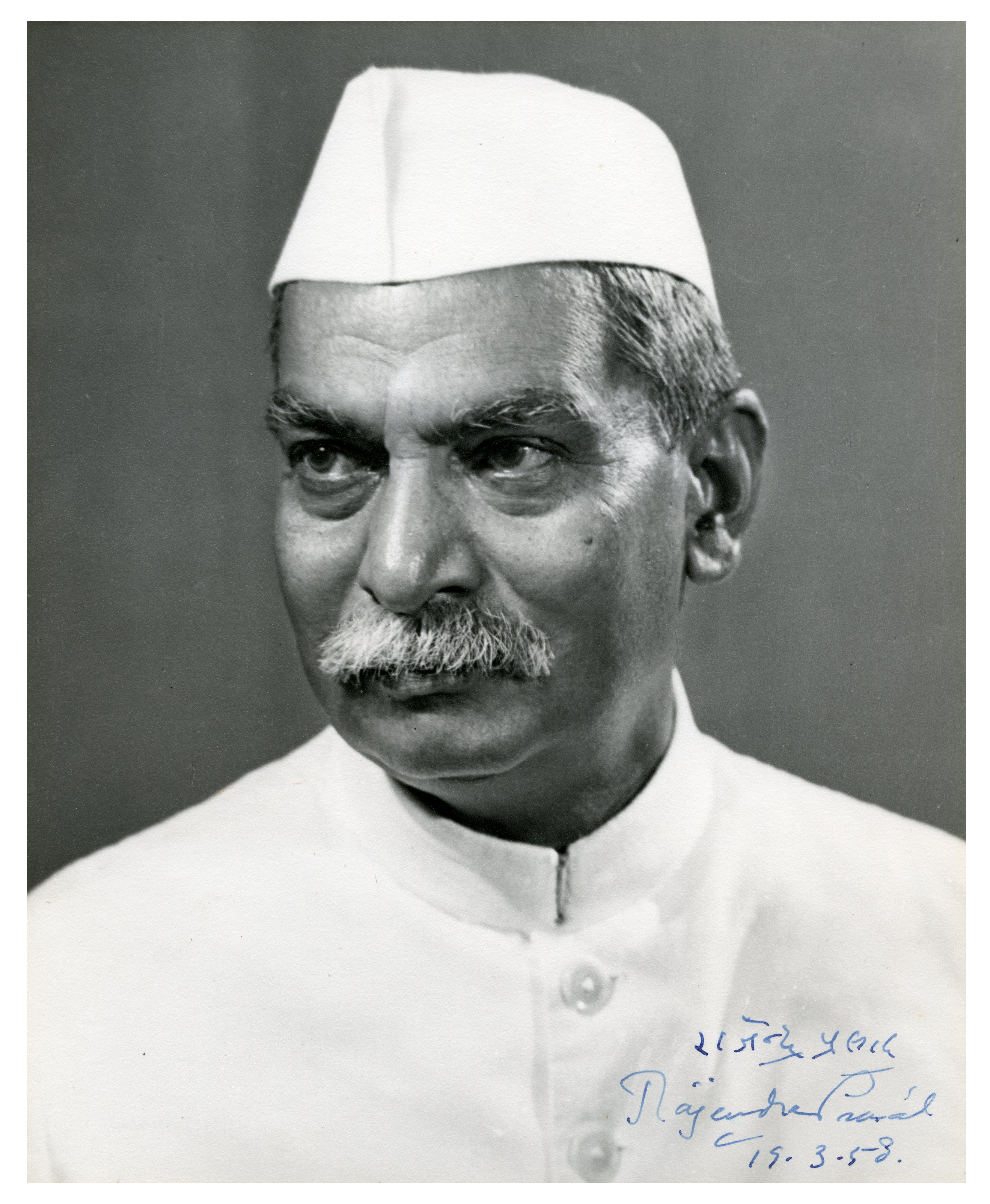
Born December 3, 1884, in Zeradai, Bihar, to Mahadev Sahai and Kamleshwari Devi, Rajendra Prasad grew up during the peak of the British Raj in India. His father was insistent that his son learn Hindi, Persian, and Arithmetic, and as a result, Prasad took classes from a Moulavi. In June 1896, at the age of 12, he was married to Rajavanshi Devi, and they had a son, Mrityunjaya.
Always eager to learn, Prasad’s quest for education took him to the University of Calcutta, where he placed first in the entrance exam and was subsequently awarded a scholarship of Rs 30 per month. So impressed were his professors with his intellect, that one allegedly even wrote on his exam paper, “Examinee is better than the examiner”.
Throughout his college life, he was involved in social activism and was an active member of The Dawn Society. In 1906 he and his peers formed the Bihari Students Conference, the first organisation of its kind in India, which later gave birth to Bihari leaders of the freedom movement, including Anugrah Narayan Sinha and Krishna Singh. He was also offered a position in the Servants of India Society, which he regretfully turned down, due to his family commitments.
This was also the year that he first came into contact with the Indian National Congress for the first time, a party for which he would serve as president thrice in his life, first in 1934 and then in 1939 and 1947.
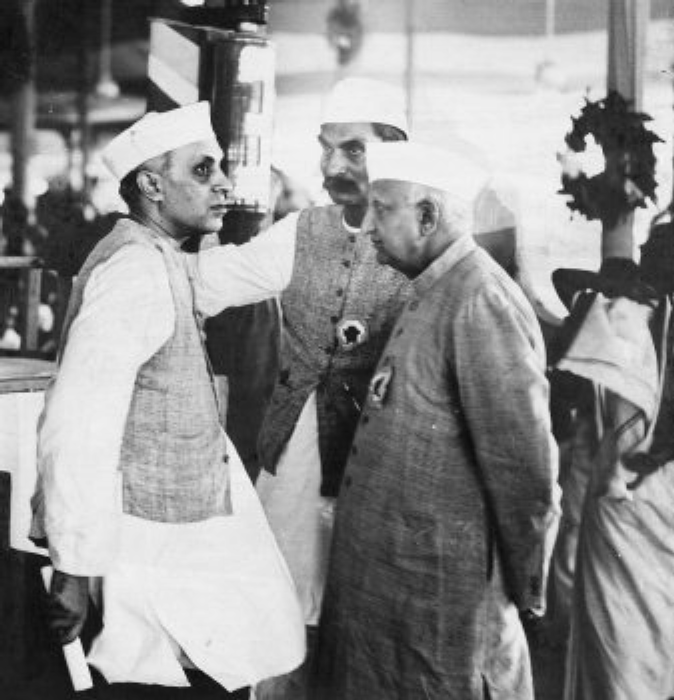
While he volunteered at the annual meeting in 1906, he only formally joined the party in 1911.
Post his studies in Economics, after a brief stint as a professor of English, he pursued law at Ripon College (now called Surendranath Law College), while simultaneously teaching classes for Economics at Calcutta City College. He eventually graduated with a gold medal, and officially became Dr Rajendra Prasad in 1937, when he completed his PhD in law.
Though he practised law in the High Court of Bihar and Odisha from 1915 to 1920 and was simultaneously appointed as part of the Senate and Syndicate of Patna University, Dr Rajendra Prasad’s life took a turn when he met Mahatma Gandhi in 1916.
Inspired by Gandhi’s principles, and the dedication and conviction with which he practised them when the Non-Cooperation Movement was passed in 1920, Prasad was driven to abandon his lucrative career as a lawyer to join the freedom struggle.
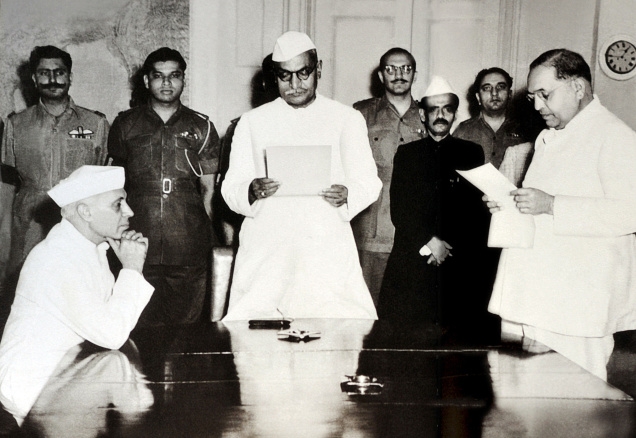
From then on, there was no looking back.
He was part of the group which founded the Bihar Vidyapeeth, an open rejection of the British education system, at Mahatma Gandhi’s request to boycott Western institutions; even enrolling his son as one of the students. Prasad also began to write articles, for notable revolutionary papers, such as Searchlight and Desh, while also collecting funding for the same. He travelled far and wide, lecturing, explaining and gathering people to join the freedom struggle.
Not only was he a revolutionary, but humanitarian causes were also close to his heart. During the earthquake which rocked Bihar on January 15, 1934, Prasad was serving time in prison, for his participation in the Satyagraha movement. However, when he was released two days after the quake, he immediately went to work setting up the Bihar Central Relief Committee, finding funds to help the affected people himself. A year later, when the Quetta earthquake struck, he again set up relief operations in Sindh and Punjab.
His open rebellion did not go unnoticed by the British. On August 8th, 1942, the government passed the Quit India Resolution, leading to the arrest of several Indian leaders. Unsurprisingly, Prasad was among the incarcerated, serving a sentence of three years in Bankipur Central Jail, in Patna.
It is rumoured that even then, he was more concerned about the welfare of his family, rather than his own suffering.
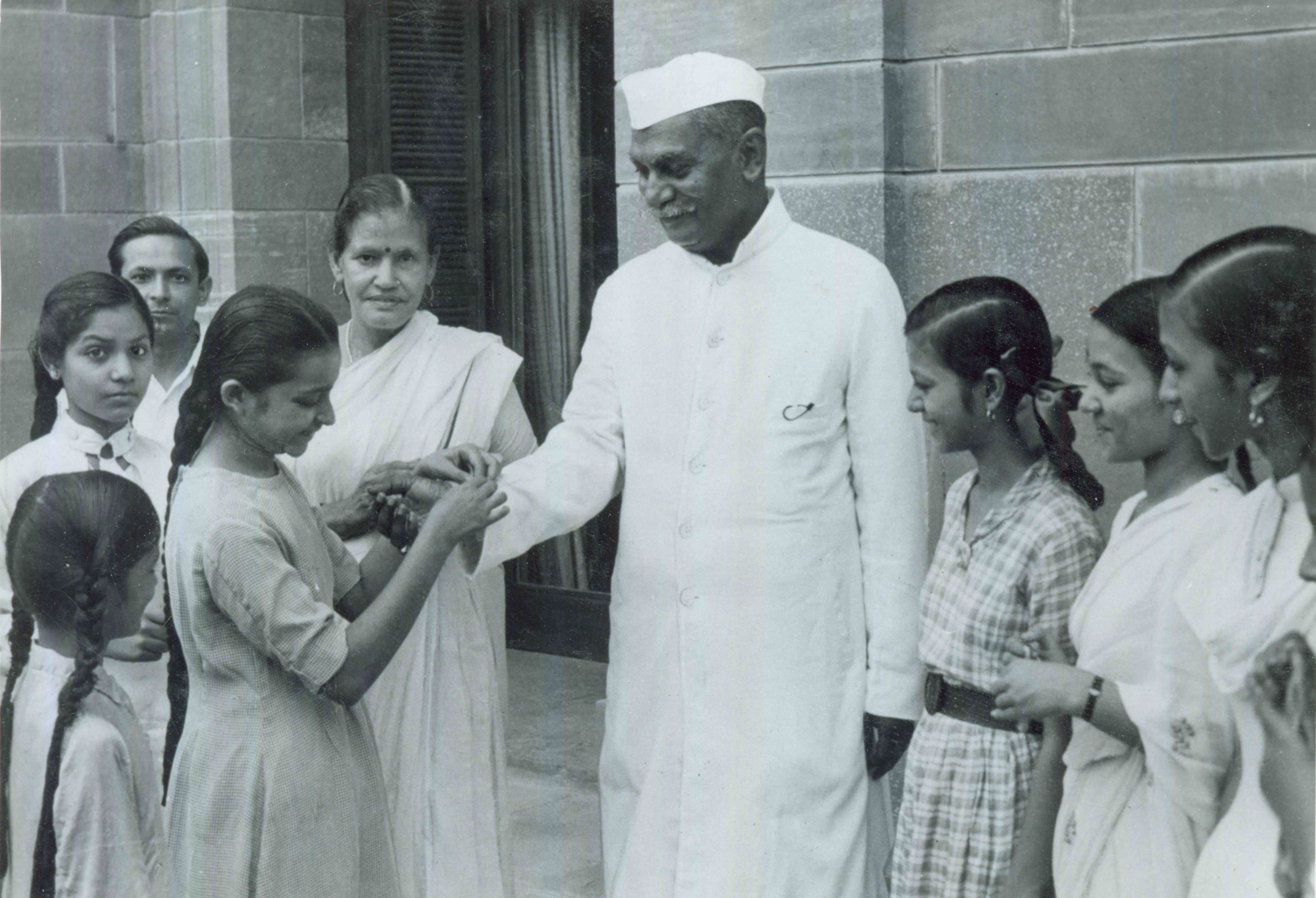
Upon his release, he joined Jawaharlal Nehru’s interim cabinet of ministers, chosen to head Food and Agriculture. He was elected President of the Constituent Assembly in 1946, overseeing the drafting and creation of the Indian Constitution, a key player since its inception.
On January 26, 1950, when the Constitution of Independent India was ratified, Dr Rajendra Prasad took office as the first ever president of India. While candidates backed by Nehru contested his presidency, every election that took place saw Rajendra Prasad win by massive margins. His differences with Nehru continued, especially during the Hindu Code Bill, which Prasad believed would preserve India’s culture and heritage, in the light of progress.
You may also like: The Forgotten Spy: The Untold Story of India’s Youngest Covert Agent, Saraswathi Rajamani
His presidency was defined by the principles he practised. He accepted only half of his salary of Rs 10,000, and towards the end of his tenure, only accepted Rs 2,500! He had only one personal staff member, and was committed to doing chores himself. He loathed gifts, preferring the blessings and goodwill of his peers instead. In many ways, he was the people’s president, and his supporters were enamoured by his humility and the simplicity with which he conducted himself. For his service to the nation, he was awarded the Bharat Ratna, the highest civilian honour in 1962.
Dr Rajendra Prasad is the only Indian President to serve 12 years in office.
When he resigned in May 1962, many gathered at Ramlila Maidan to bid farewell and pay their respects to the first President of India.
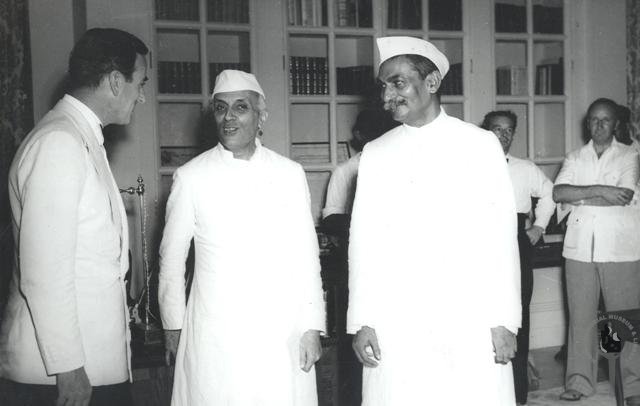
His wife passed away in 1962, and this took a toll on Prasad who then spent his final days in the Sadaqat Ashram of Patna. He passed away on February 28th, 1963.
While Indians recognise Dr Rajendra Prasad as a President, even before he showed his prowess in office, his struggles and dreams for an independent nation make him more than anything, an Indian patriot, and an unforgettable person who made a tremendous contribution towards building an India which was free from the British.
Like this story? Or have something to share?
Write to us: [email protected]
Connect with us on Facebook and Twitter.
NEW: Click here to get positive news on WhatsApp!
If you found our stories insightful, informative, or even just enjoyable, we invite you to consider making a voluntary payment to support the work we do at The Better India. Your contribution helps us continue producing quality content that educates, inspires, and drives positive change.
Choose one of the payment options below for your contribution-
By paying for the stories you value, you directly contribute to sustaining our efforts focused on making a difference in the world. Together, let’s ensure that impactful stories continue to be told and shared, enriching lives and communities alike.
Thank you for your support. Here are some frequently asked questions you might find helpful to know why you are contributing?


This story made me
-
97
-
121
-
89
-
167











